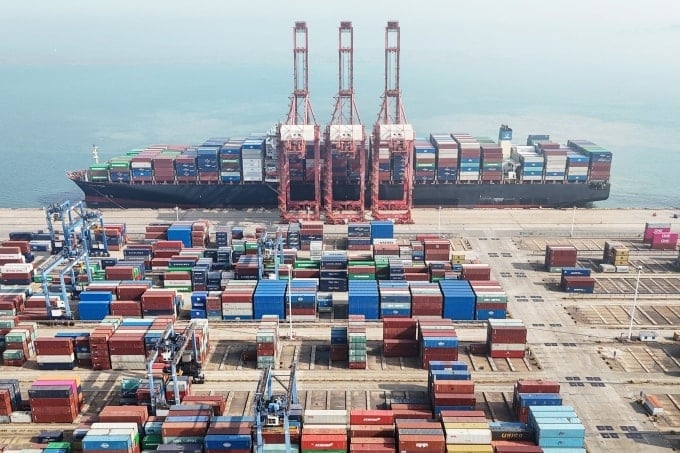
The trade war between Washington and Beijing escalated this month when Mr. Trump announced a series of new tariffs on imports into the U.S. With domestic demand still weak, Chinese manufacturers are forced to look for alternative markets.
But no country has the same consumer power as the United States, which buys more than $400 billion worth of “made in China” products each year. That makes the race for Chinese manufacturers to dump their goods on the rest of the world a difficult one.
Jeremy Fang, a sales representative at an aluminum manufacturing company, said his company is working to expand exports to Asian, African and Latin American markets to offset the impact of US tariffs.
The problem, however, is that competitors are also using the same strategy, forcing Fang's company to cut prices and accept lower profit margins. "There's only so much of the pie, and everyone wants to get a piece of it, so competition is fierce," he said.
The strategy of market diversification is understandable but unsustainable, according to Frederic Neumann, chief economist for Asia at HSBC. “One risk is that every Chinese exporter tries to tap the same set of new markets,” he said.
Then, there is the possibility of a price war between them, narrowing profits.
The manager of a bathtub factory in Shijiazhuang, 300 km south of Beijing, said he was trying to sell more to Brazil and Argentina to lessen the impact of the 35% tariff after the new US increase.
The reason is that American retailers are pressuring him to cut prices by 10%, but he is hesitant. Previously, he had reduced his salary by 10-15% to stay competitive. "There are a lot of Chinese suppliers in this industry. It's difficult for everyone," he said.
China is a formidable competitor in some areas. Major electric vehicle manufacturers like BYD and AI platform DeepSeek have made their mark on the global market.
“We have a very strong supply chain,” said Dave Fong, a maker of teddy bears, stationery and consumer electronics. He increased spending on advertising and business development in Europe and Asia by 30 to 40 percent. “It goes from an idea to mass production very quickly,” Fong said.
But not everyone has the resources to compete with their compatriots for new markets. Smaller businesses are worried about their survival. Richard Chen, the owner of a Christmas decoration factory in southern China, said he has barely made a profit and is unsure whether he will be able to keep all 80 employees this year.
“We tried to reach the Polish market, but consumers there don’t shop like American customers. It’s never been worse than it is now,” Chen said.
Frederic Neumann noted that importing countries could be forced to impose restrictions on Chinese goods. “This is a real risk, their domestic industries will come under pressure,” he said.
Over the past year, the European Union has raised tariffs on Chinese electric vehicles, while India, Indonesia and other emerging markets have also raised trade barriers on some Chinese products.
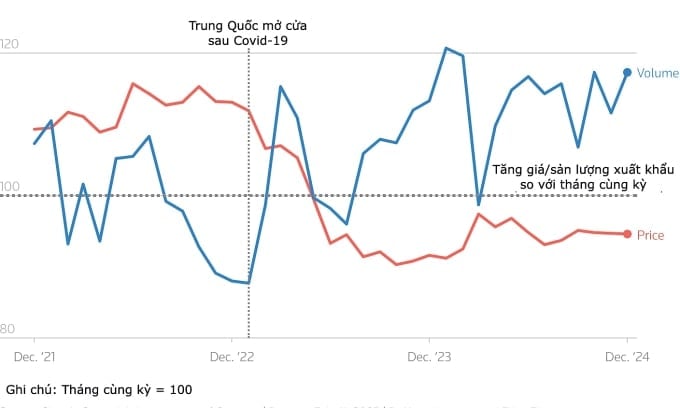
In addition, the export price war also accelerates the risk of deflation in China. Because, as this profit margin narrows, businesses may be forced to cut wages, lay off or reduce investment.
Li Yongqi, a manager at Jialifu Electric Vehicle Co., is concerned about other export factories cutting wages and jobs. Combined with falling incomes and the ongoing property crisis, Li fears demand for the electric scooters and three-wheelers his company sells will decline, which could cut profits by 20 to 30 percent this year.
“Chinese companies in every industry are rushing to foreign markets. Then the governments there impose tariffs and sanctions. As a result, most of these factories have to lay off workers to cut costs,” Li said.
Officials last year urged companies to avoid damaging competition, and solar panel makers have urged the government to intervene to curb overcapacity.
Alicia Garcia-Herrero, chief economist for Asia-Pacific at Natixis, said the only way for China to pull out of this slump is to produce less and boost domestic consumption. “It’s going to be a painful process,” she said.
Boosting household consumption could also benefit Beijing, added Neumann, chief economist at HSBC. “Ultimately, China needs to grow domestic demand to absorb some of the production and ease trade tensions with the rest of the world,” he said.
University (according to VnExpress)Source: https://baohaiduong.vn/cuoc-chien-bao-mon-loi-nhuan-cua-cac-nha-xuat-khau-trung-quoc-405282.html






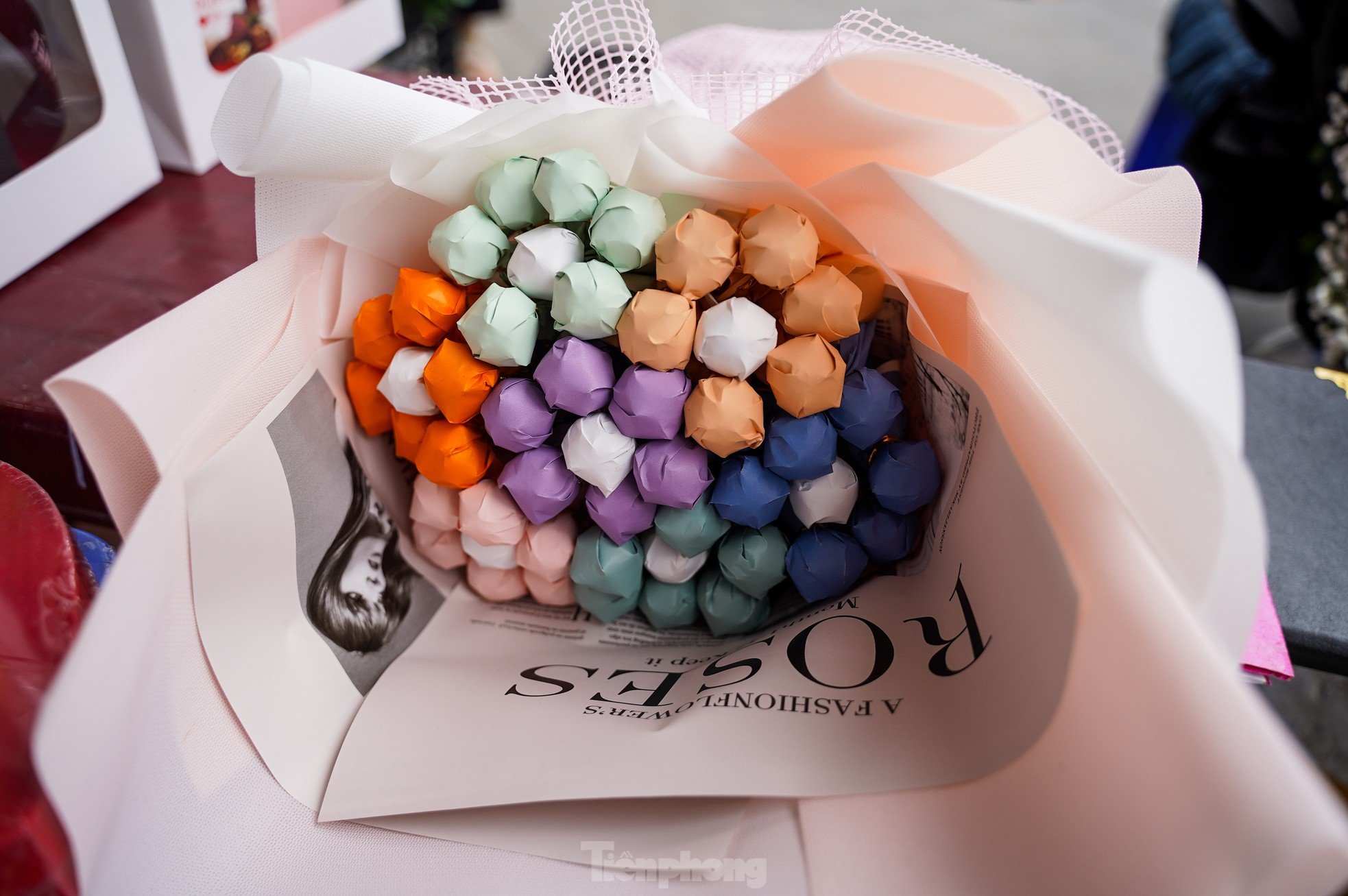






















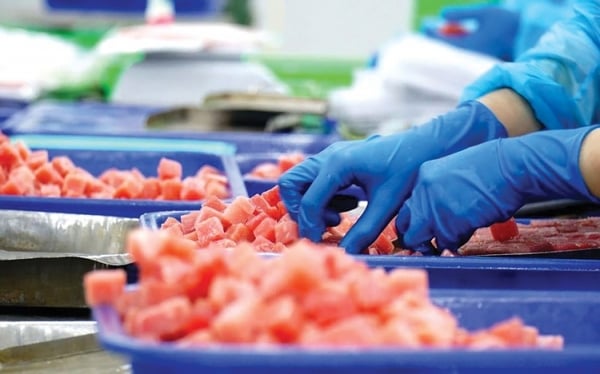

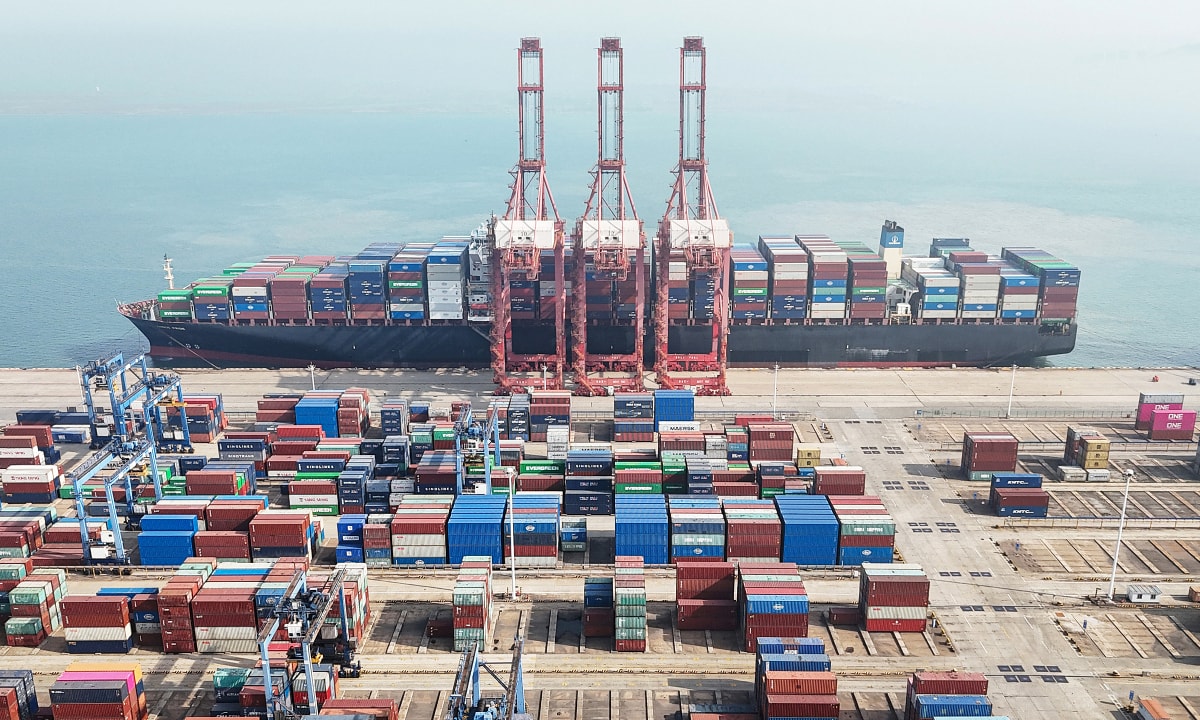
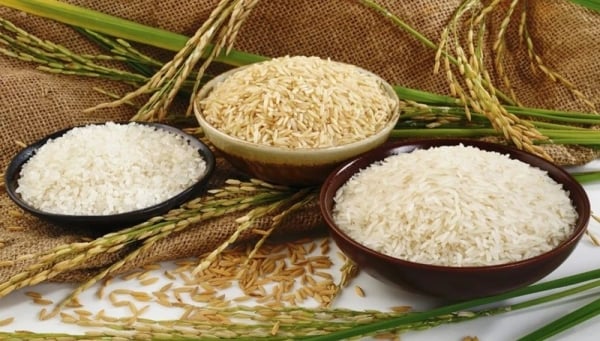


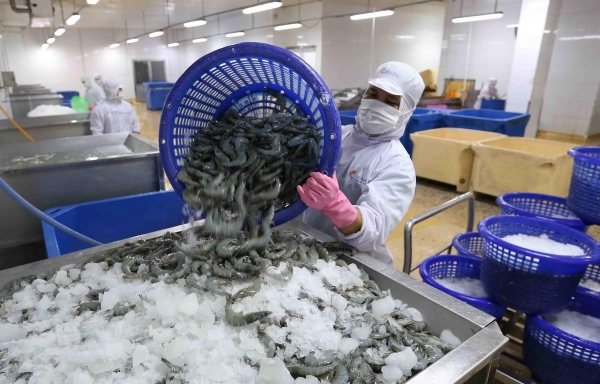
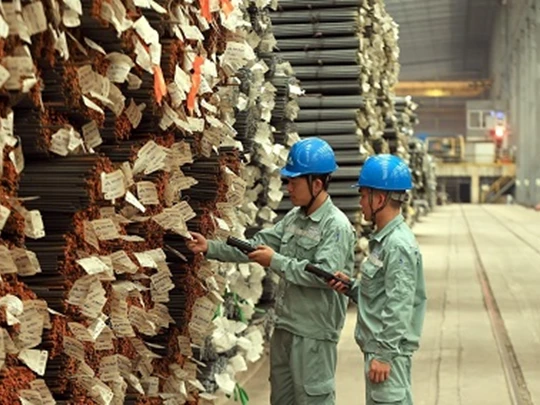


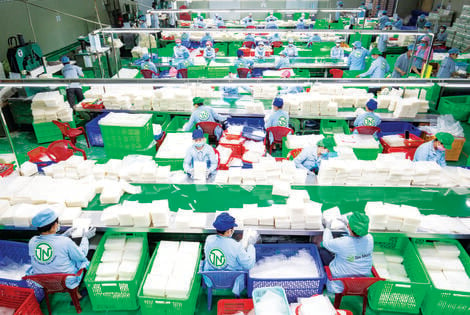


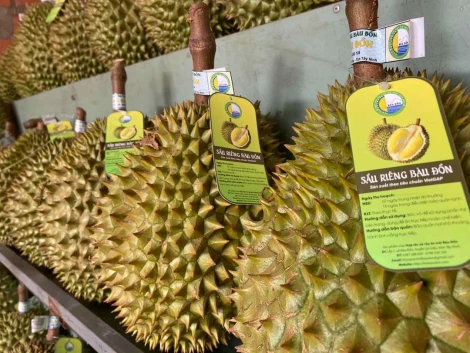
![Charming Vietnam [ Cat Tien National Park ]](https://vstatic.vietnam.vn/vietnam/resource/IMAGE/2025/2/12/c05c34322e4f4cac874e7f971dfaddca)
![Charming Vietnam [ Chau Doc ]](https://vstatic.vietnam.vn/vietnam/resource/IMAGE/2025/2/12/e96a46dceb5e41b1bcc3cf7dc6d54708)






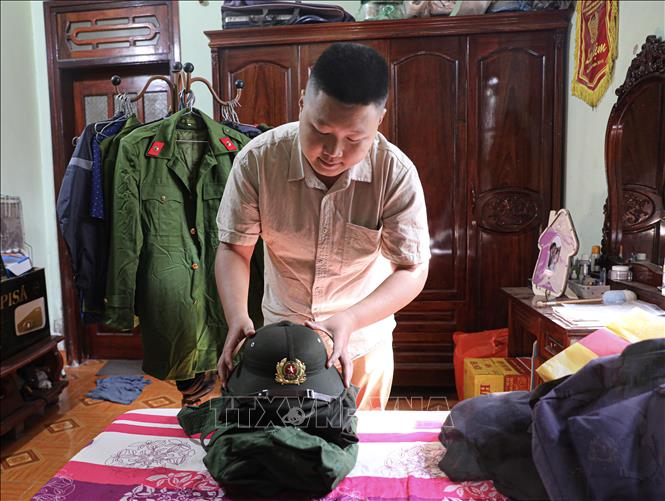







Comment (0)